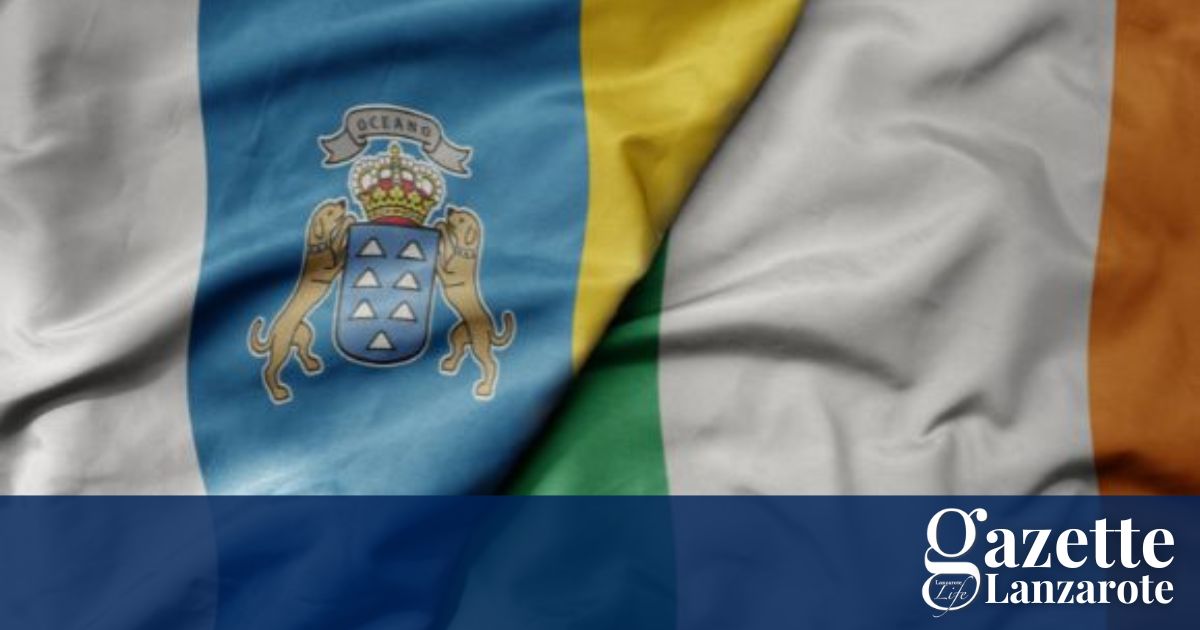The Canaries and Ireland share a long and sad history of famine and emigration, but Irish emigration to the islands first took place around 1651. Here’s the history of Ireland’s connection to the Canary Islands.
After Oliver Cromwell’s repression of the Irish people in 1651, many Irish fled to Spain and the Canaries to escape execution, virtual slavery in the West Indies and confiscation of land.
The Irish integrated quickly, rapidly becoming part of society, intermarrying with Canarians and taking Spanish first names. They became an important presence on the islands, with Irish names now interwoven with Canarian history and culture.
Famous Irish surnames on Tenerife and Las Palmas included Cólogan, O’Daly, Walsh, Sall, Madan, Cullen y Kábana (Kavanagh).
Notable Irish-Canarians
The main street of La Palma’s capital Santa Cruz is named Calle O’ Daly, after Dionisio O’Daly – an Irish trader who was behind the first democratic council elections in Spanish history. José Murphy is known as the “father of Santa Cruz de Tenerife” after battling for his town to become the capital of the province.
Lorenzo Olarte Cullen became one of the first Presidents of the Canarian Government.
Teobaldo Power is one of the Canaries most famous composers – his adaptation of “Arrorró” is the official anthem of the islands.
Alfonso O’Shanahan was one of Gran Canaria’s most respected poets and journalists in the late 20th century, and the Millares Sall family produced eight siblings who have excelled in poetry (Agustín) painting (Manolo and Jane) and music (Totoyo).
In the footballing world, Luis Molowny was a part of the legendary Real Madrid side of the late 1950s and early 1960s which included sport legends Di Stefano, Puskas and Gento. Molowny managed the club and later coached the Spanish national team.
Molowny is listed on Real Madrid’s “Legends” section of the website:
Pace, precision and dribbling. These virtues made the Canary Islander a true genius and later an idol at Madrid. His ability to beat a man on the left wing and whip a ball into the box were a nightmare for his opponents.
After spells at Tenerife and Marino, Real Madrid and F.C. Barcelona had their sights set on Molowny. The strategy of Santiago Bernabéu, who sent Jacinto Quincoces to Las Palmas to sign the player, ended up bringing him to the capital.
His debut could not have been any better. The Whites were playing Barcelona in the Metropolitano stadium. When it looked like the match was destined to be a draw, the Canary Islander found the back of the net with a header that gave Real Madrid victory. It was a sign of things to come in a career replete with triumphs, evidence of which can be found in the five titles, among them two Ligas and the European Cup.
Today, tourism has brought a whole new generation of Irish to the islands. There are Irish bars in every resort, and families living and working all over the Canaries. The celebration of St. Patricks Day has been adopted by islanders who have lived shoulder to shoulder with the Irish for centuries.










